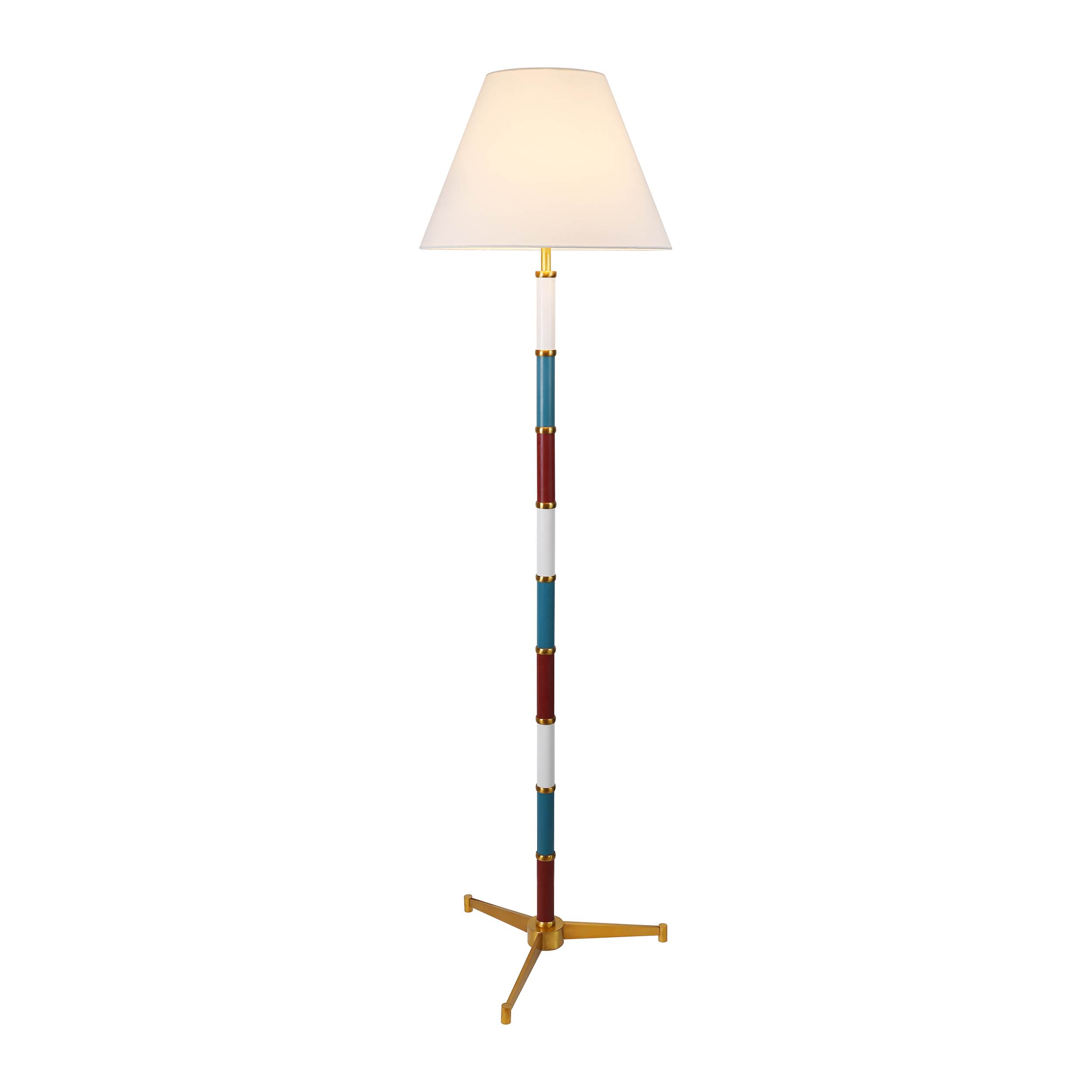The Ultimate Guide to Linear Lights: Transform Your Space with Style and Functionality
The Ultimate Guide to Linear Lights: Transform Your Space with Style and Functionality
In recent years, linear lights have emerged as a popular lighting solution for both residential and commercial spaces. Their sleek design and modern appeal make them an excellent choice for various applications, from kitchens and living rooms to offices and retail environments. In this guide, we will explore the benefits of linear lights, different types available, installation tips, and considerations to keep in mind when choosing the right linear lighting for your needs.
What are Linear Lights?
Linear lights are elongated lighting fixtures that can be mounted on ceilings, walls, or suspended from above. They come in various sizes, lengths, and designs, making them a versatile option suitable for any environment. The most common types of linear lights include LED strip lights, linear pendant lights, and recessed fixtures, each boasting unique features and benefits.
Benefits of Linear Lights
| Benefit | Description |
|---|---|
| Energy Efficiency | Linear LED Lights consume significantly less energy compared to traditional lighting options, resulting in reduced electricity bills. |
| Longevity | LED linear lights have a longer lifespan, often lasting up to 50,000 hours, which means less frequent replacements and lower maintenance costs. |
| Versatility | They can be used in various settings—from homes to offices—allowing for creative and functional lighting solutions. |
| Modern Aesthetics | Linear lights provide a sleek and minimalistic design that complements contemporary decor styles. |

Types of Linear Lights
When selecting linear lights, it’s important to understand the different types available and their specific uses. Here are some popular types of linear lights to consider:
1. LED Strip Lights
LED strip lights are flexible, adhesive-backed lighting solutions that can be placed virtually anywhere. They are perfect for accent lighting, under-cabinet illumination, and even DIY projects. With various colors and brightness levels, they offer great customization potential.
2. Linear Pendant Lights
These are suspended lights that provide direct lighting for dining tables, kitchen islands, and more. They come in various designs, from minimalist to ornate, making them suitable for various decor styles.
3. Recessed Linear Lights
Recessed linear lights are installed into the ceiling, providing a seamless look. They are commonly used in commercial spaces like offices and conference rooms to create a clean and professional appearance.
4. Surface-Mounted Linear Lights
These fixtures are mounted directly onto the surface of a ceiling or wall. They offer an easy installation process and are available in various shapes and sizes, providing functional and aesthetic benefits.
Installation Tips for Linear Lights
Proper installation of linear lights can significantly enhance their effectiveness and Aesthetics. Here are some installation tips:
- Plan Your Layout: Before installing linear lights, sketch out your lighting layout. Consider the areas you want to illuminate and the type of lighting effect you desire.
- Use the Right Tools: Ensure you have all the necessary tools for installation, including drills, measurement tapes, and safety gear.
- Follow Manufacturer Instructions: Each linear light may have specific installation details. Always refer to the manufacturer's manual for best results.
- Consider Dimming Options: Installing dimmer switches allows you to adjust brightness levels according to the mood and function of the space.
Factors to Consider When Choosing Linear Lights
To ensure you select the right linear lights for your project, consider the following factors:
1. Brightness and Lumens
Different spaces require different levels of brightness. For instance, task-oriented areas like kitchens might need brighter lights, while living areas can benefit from softer illumination. Always check the lumens rating to gauge how bright a linear light fixture will be.
2. Color Temperature
Linear lights come in various color temperatures, typically measured in Kelvins (K). Warmer colors (2700K-3000K) create a cozy atmosphere, while cooler colors (4000K-5000K) are great for task lighting. Consider the ambiance you wish to achieve when choosing your color temperature.
3. Style and Design
The chosen style of linear lights should complement the existing decor of your space. From sleek and modern to more classic options, there’s a style to fit every taste.
4. Budget
Linear lights can vary significantly in price. Determine your budget beforehand, but remember that investing in quality fixtures can lead to better performance and longevity.
Maintenance Tips for Linear Lights
Maintaining your linear lights is crucial to ensure optimal performance and longevity. Here are some maintenance tips:
- Regular Cleaning: Dust and debris can accumulate on your linear lights. Regularly wipe down the fixtures with a soft cloth to maintain their brightness.
- Check for Damage: Routinely inspect wires and connections for any signs of wear or damage to prevent safety issues.
- Replace Light Sources as Needed: If a bulb burns out or a strip light fails, replace it promptly to maintain the quality of your lighting.
Conclusion
In conclusion, linear lights are a stylish and functional addition to any space, offering versatile lighting solutions suitable for various applications. By considering factors such as brightness, color temperature, design, and budget, you can choose the perfect linear lighting to enhance your environment. Regular maintenance will keep your lights looking and performing their best, ensuring you enjoy the benefits of your investment for years to come. Remember to explore the myriad options available to find linear lights that reflect your personal style while meeting your functional needs.
Whether you're upgrading your home or designing a commercial space, linear lights can transform your environment with both elegance and efficiency. Happy lighting!
